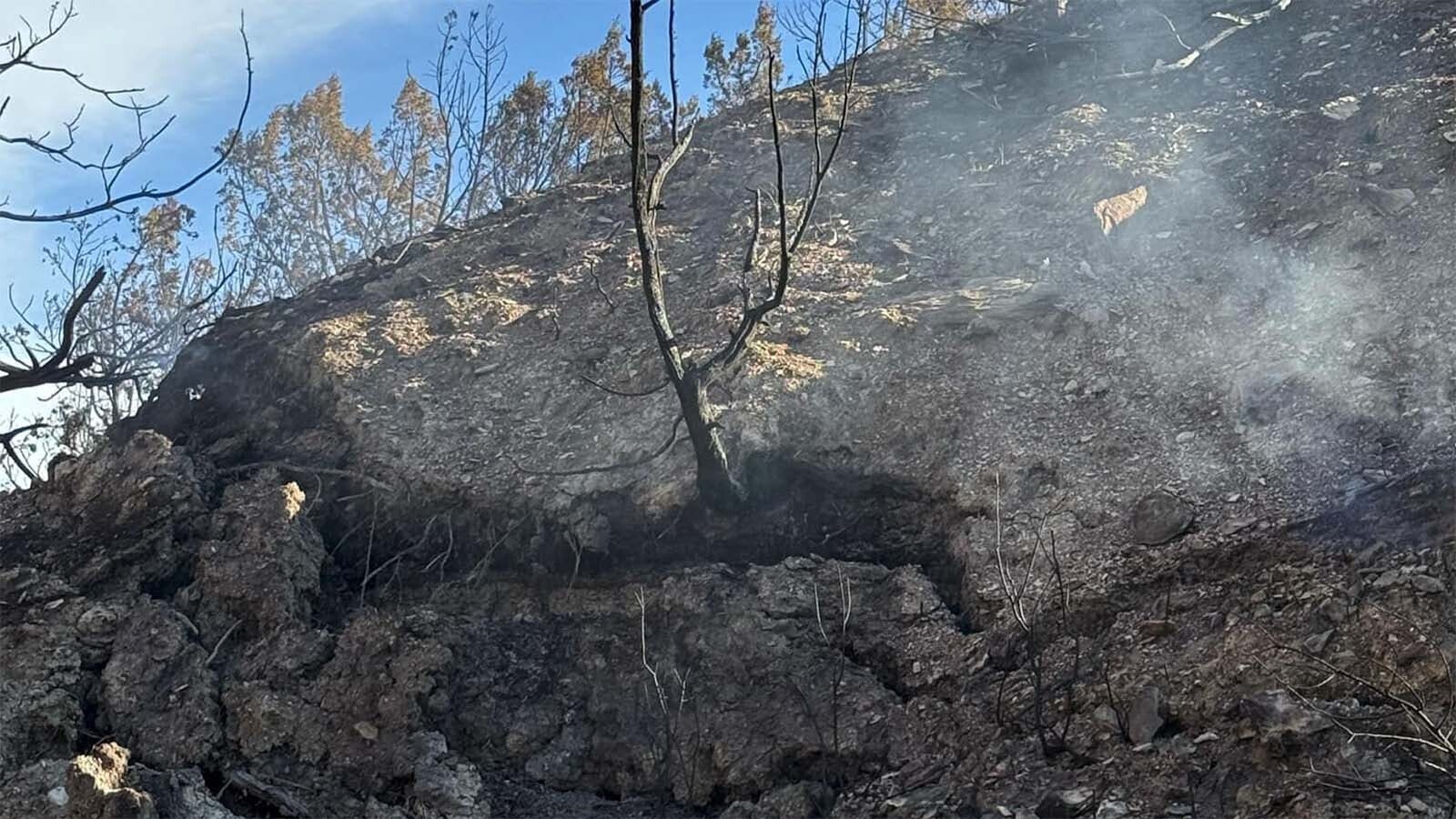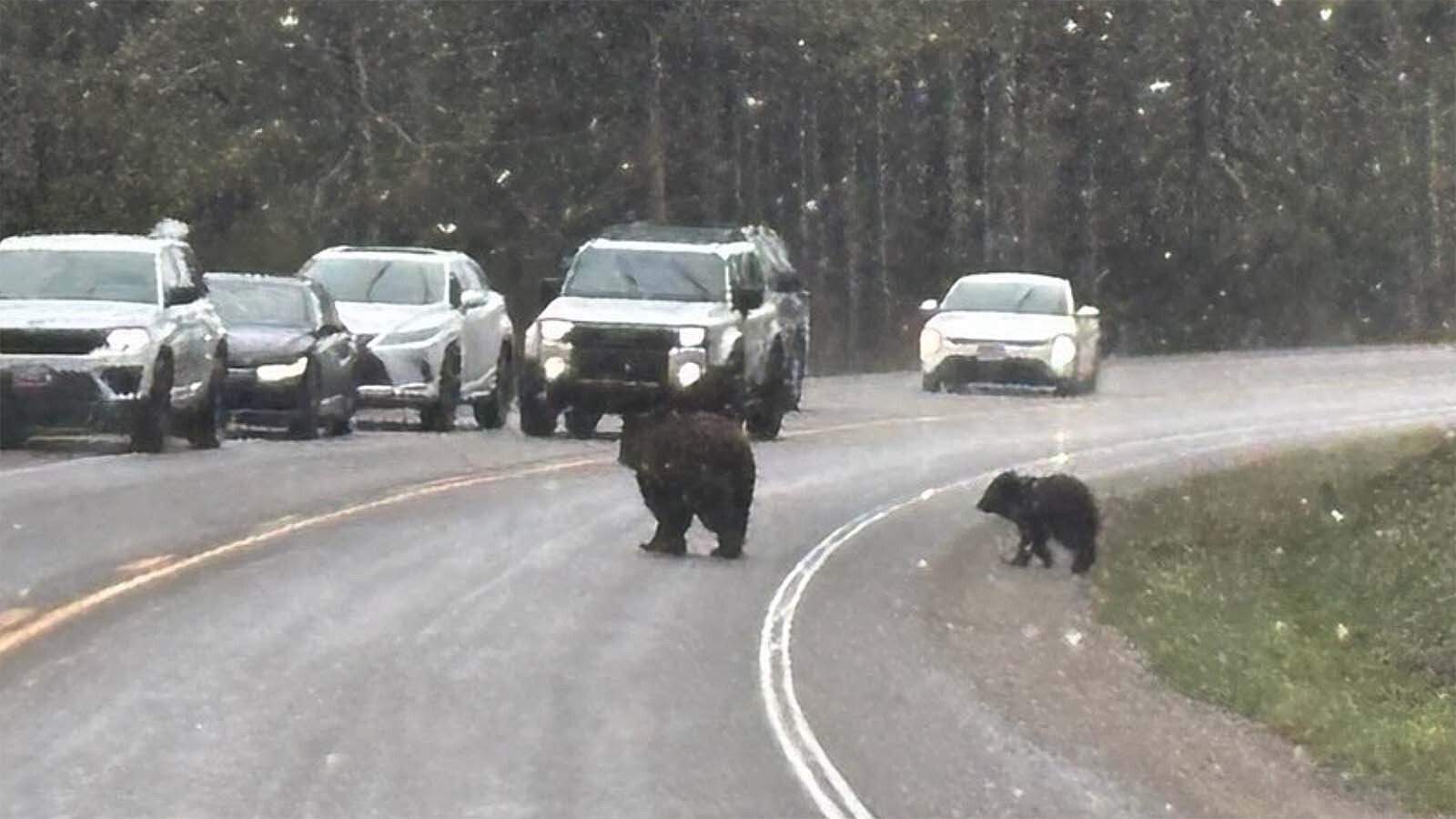The Wyoming Game and Fish Department is collecting wild rabbit carcasses to test for a deadly disease that can affect wild, domestic and feral rabbits.
According to a news release from the Game and Fish Department, Rabbit Hemorrhagic Disease Virus2 hasn’t been found in Wyoming, but it has been found in neighboring states. Testing rabbits is key to monitoring the spread of the disease.
RHDV2 is a fatal disease that affects rabbits and hares. An estimated 35% to 50% of infected wild rabbits succumb to the disease.
The disease has been confirmed in California, Nevada, Texas, New Mexico, Arizona, Utah and Colorado.
Game and Fish state wildlife Veterinarian Samantha Allen told Cowboy State Daily that the United States Department of Agriculture is also involved in tracking the disease, as it’s considered a “foreign animal disease.”
“There have been a couple other cases of RHDV2 in the last 10 years, but this is definitely new that cases are climbing,” she explained. “We don’t really know why there’s such an outbreak, which is why it’s so important to track any cases found in Wyoming.”
All of Wyoming’s rabbit and hares are susceptible, including game and nongame species such as cottontail rabbits, jack rabbits and pygmy rabbits. Domestic rabbits are at risk, but other domestic pets and livestock aren’t.
If someone finds a dead rabbit in their yard or while out hiking, they shouldn’t touch it or pick it up. Instead, they should note the location and call the Game and Fish Wildlife Health Lab at 307-745-5865 or the nearest regional office.
Game and Fish personnel will evaluate the situation and make plans to collect the rabbit.
RHDV2 doesn’t post a risk to humans, but rabbits can carry other disease that can pose a harm, such as tularemia or the plague.





